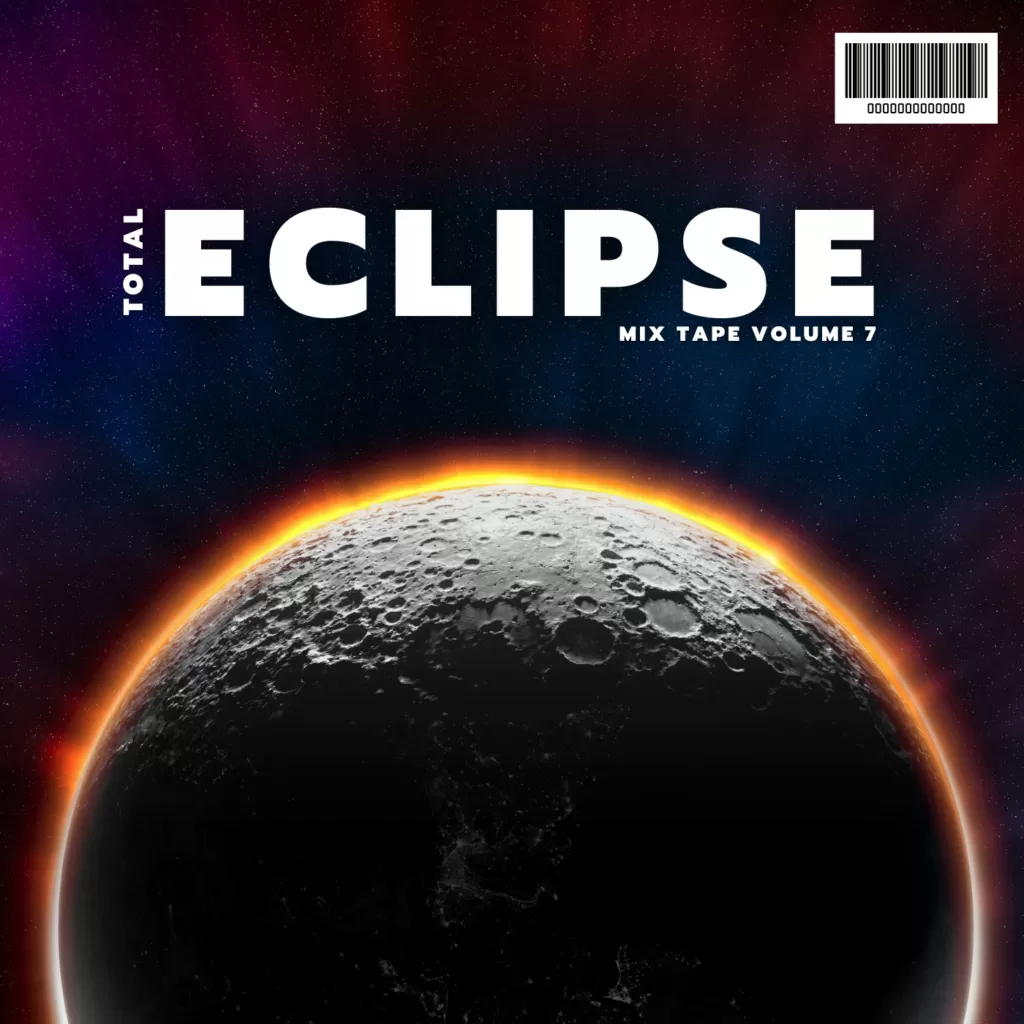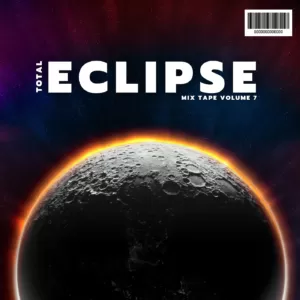15 Talking Points About The Northern Lights

The Northern Lights, also known as the Aurora Borealis, are a natural light display in the sky caused by the collision of charged particles from the sun with Earth’s atmosphere near the poles. These stunning auroras can be seen in a variety of colors, including green, red, yellow, blue, and even orange, and their appearance is influenced by the type of gas particles colliding with solar particles, as well as their altitude. The lights are most visible in the northern and southern auroral zones, which are about 66.5 degrees north and south of the Equator, respectively.
The best time to see the Northern Lights is during the winter months, when the nights are longer and the skies are darker, although they can also be seen in late autumn and early spring. The intensity of the Northern Lights is influenced by solar activity, which can increase the number of solar particles colliding with Earth’s atmosphere.
Interestingly, the phenomenon has inspired many myths and legends across different cultures. For example, some North American Inuit believed the lights were spirits playing ball with a walrus head, while the Vikings thought the lights were reflections off the armor of Valkyrie.
Recent reports suggest that the Northern Lights have been visible in various locations, including the UK and parts of the US, due to a solar storm. This event has sparked excitement and curiosity among people, highlighting the unpredictable and awe-inspiring nature of this celestial spectacle.
- The Northern Lights, also known as the Aurora Borealis, are a natural light display in the sky caused by the collision of charged particles from the sun with Earth’s atmosphere near the poles.
- The name “Aurora Borealis” was coined by Italian astronomer Galileo Galilei in 1619, after the Roman goddess of dawn, Aurora, and the Greek god of the north wind, Boreas.
- The Northern Lights occur in the auroral zone, which is an approximately 1,550-mile (2,500 kilometers) radius around the North Pole, making it the best place to see them.
- The colors of the Northern Lights are a result of the types of gas particles colliding with solar particles. Green, the most common color, is produced by oxygen molecules around 120 to 180 kilometers up in the air, while red can be seen at higher altitudes and sometimes peeks over the horizon.
- The Northern Lights are more visible and vibrant during periods of high solar activity, which increases the number of solar particles colliding with Earth’s atmosphere.
- Solar wind is a continuous stream of charged particles from the sun, but it’s during solar storms and flares that the Earth’s magnetic field is overwhelmed, causing the Northern Lights to be visible further south.
- The Northern Lights are not just a visual spectacle; they also produce faint sounds, although this phenomenon is not fully understood.
- The science behind the Northern Lights was first outlined by Norwegian scientist Kristian Birkeland in the early 1900s, who theorized that charged particles from the sun were funneled to the poles by Earth’s magnetic field.
- The aurora borealis is mirrored by the aurora australis in the Southern Hemisphere, which is caused by the same interaction of solar particles with Earth’s atmosphere near the South Pole.
- The best time to see the Northern Lights is during the winter months when the nights are longer and the skies are darker, although they can also be seen in late autumn and early spring.
- Several cultures have myths and legends about the Northern Lights. For example, some North American Inuit believed the lights were spirits playing ball with a walrus head, while the Vikings thought the lights were reflections off the armor of Valkyrie.
- The Northern Lights have been visible as far south as Alabama to Northern California in rare instances, such as during severe geomagnetic storms.
- The intensity of the Northern Lights can be predicted using the Kp index, which measures geomagnetic activity. Higher numbers on the Kp index indicate a greater chance of seeing the Northern Lights further from the poles.
- The aurora borealis is visible in the night sky when charged particles from the sun interact with oxygen and nitrogen molecules in the atmosphere, causing them to glow.
- Viewing the Northern Lights can be enhanced by finding a location away from city lights, allowing your eyes to adjust to the darkness, and looking to the northern sky.







